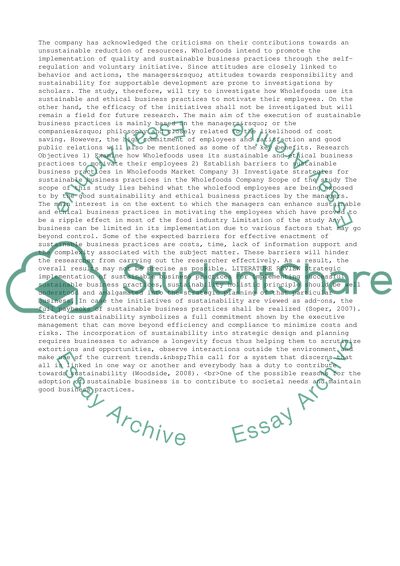Cite this document
(“How does Wholefoods use it's sustainable and ethical business Essay”, n.d.)
How does Wholefoods use it's sustainable and ethical business Essay. Retrieved from https://studentshare.org/business/1495685-how-does-wholefoods-use-it-s-sustainable-and
How does Wholefoods use it's sustainable and ethical business Essay. Retrieved from https://studentshare.org/business/1495685-how-does-wholefoods-use-it-s-sustainable-and
(How Does Wholefoods Use it'S Sustainable and Ethical Business Essay)
How Does Wholefoods Use it'S Sustainable and Ethical Business Essay. https://studentshare.org/business/1495685-how-does-wholefoods-use-it-s-sustainable-and.
How Does Wholefoods Use it'S Sustainable and Ethical Business Essay. https://studentshare.org/business/1495685-how-does-wholefoods-use-it-s-sustainable-and.
“How Does Wholefoods Use it'S Sustainable and Ethical Business Essay”, n.d. https://studentshare.org/business/1495685-how-does-wholefoods-use-it-s-sustainable-and.


